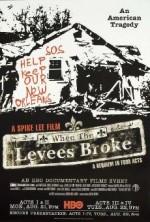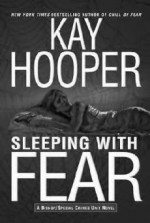Spike Lee joint details Katrina disaster

During a typical Sunday afternoon soundings event, student chatter, giggles, and the ever-present glow of incoming text messages are prevalent in the Casella Theatre.But Feb. 8 proved to be different, as students and Castleton community members watched film director Spike Lee’s documentary, “When the Levees Broke: A Requiem in Four Acts,” intently for four hours straight.
Hurricane Katrina, which swept through the Gulf Coast in 2005, led to the deaths of nearly 2,000 people and affected over 15 million people. Lee’s film documents the different stages of this disaster in four different acts, each approximately an hour in length.
“It was really informational and touched on events that weren’t publicized,” freshman Logan Griffiths said. “I learned that the Levees certainly weren’t capable of performing that job that they were made for.”
The film attempted to inform viewers of the slow, inept and disorganized response of the emergency and recovery effort by both FEMA and the U.S. Government.
It also depicted how the media was forced to glamorize and mislead the general public.
The first act of the documentary reveals the actuality and seriousness of the destruction of the hurricane, including a comprehensive summary of the five following days. The lack of help victims received was exposed, as it took the Government three days to respond.
The next two acts were investigative, theorizing why the levees breached. Engineers claim that it is because the levees weren’t in the ground far enough, while citizens claim to have heard explosions, rendering the incident intentional.
Finally, act four summarizes New Orleans’s future. Will the thousands of homeless people ever receive the compensation they deserve? Will New Orleans ever be the vibrant, cultural city it once was?
Although four hours is a bit lengthy, there were many people in attendance, including a good portion of adults within the Castleton community.
J.C Kline, a Castleton resident who heard about the film from a newspaper ad, said that it was interesting because it allowed viewers to gain a greater depth about topics that the media generally avoids or alters to its liking.
Through images of corpses strewn about New Orleans and its emotionally captivating interviews, the film reveals many truths that have been heavily concealed from the majority of the public.





